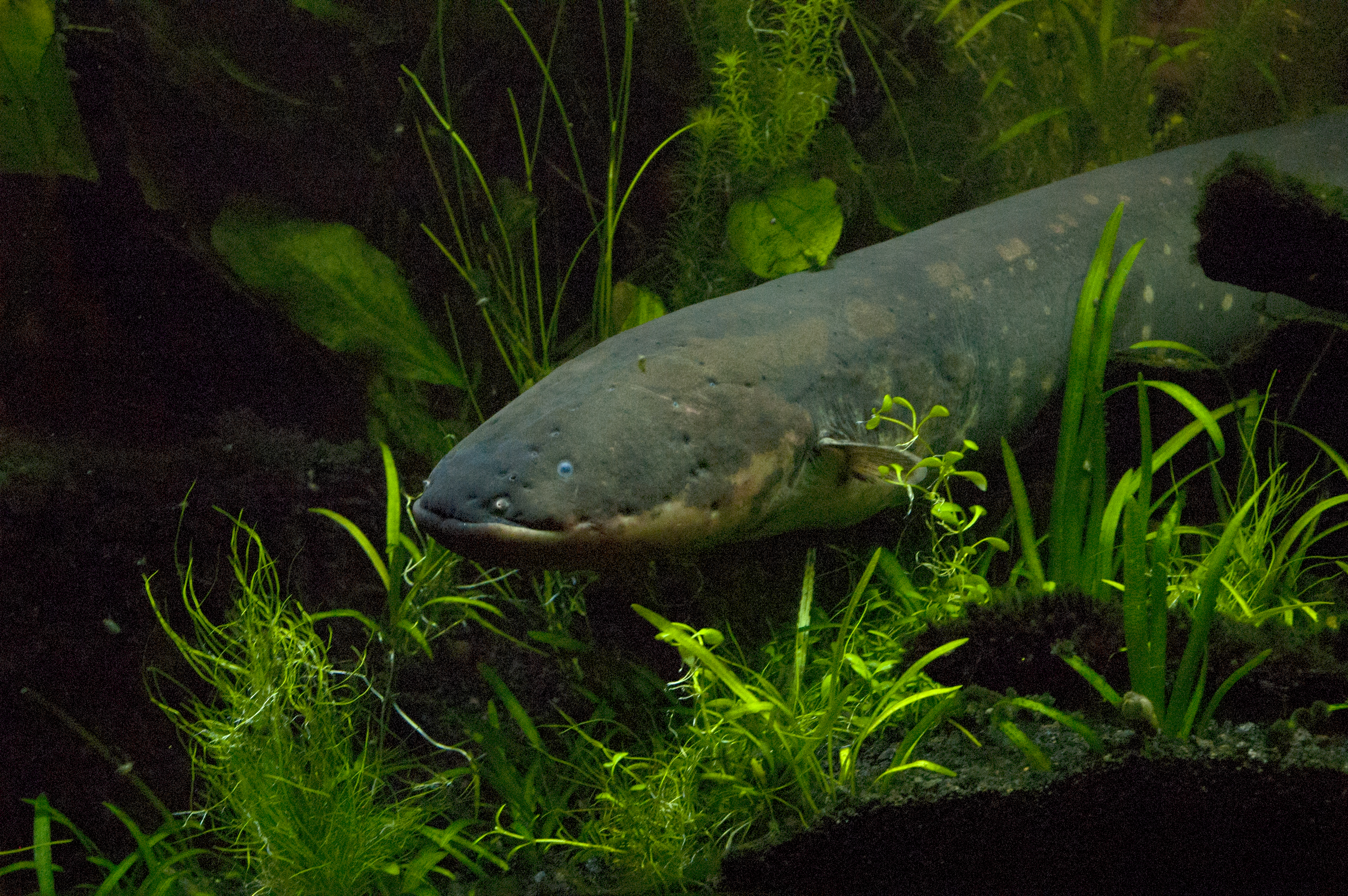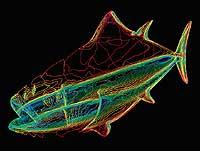Hundreds of electric fish, a mechanism
2014/07/23 Roa Zubia, Guillermo - Elhuyar Zientzia Iturria: Elhuyar aldizkaria

Fishes of six evolutionary lines have developed the same electric organs. Scientists have long taken it as an example of convergent evolution. A group of researchers has recently discovered that the electric organs of fish of these six groups of species are equal on a genetic basis.
All cells generate a small electrical potential when they contract. But other animals like the electric eel are able to amplify this electrical potential, generate electric current and turn it into a hunting, protection, communication or navigation tool. For this purpose they use different organs. These organs are at the head of the animal and work by couples.
Scientists have long known that this scheme is the same for hundreds of species of electric fish. Darwin also used cases of electric fish as an example of convergent evolution. They are six evolutionary lines, that is, six groups of species that do not have the same ancestor, and yet have developed a single electric generation mechanism.
Scientists at Michigan State University have studied the genetic basis of this mechanism. These scientists have found that in the electrical organs the genes manipulate the proteins present in the cell membrane to accumulate ions of the same load on the same side of the cell. In this way, the cell is polycarbonated and the presence of many polarized cells in the line, “series”, generates a great electrical potential. This mechanism generates this capacity of electric fish, regardless of their evolution.

Gai honi buruzko eduki gehiago
Elhuyarrek garatutako teknologia






